Emergent Architecture driven by Daylight uniformity for transmission Holograms
dc.contributor
Universitat Internacional de Catalunya. Departament d'Arquitectura
dc.contributor.author
Fonseca e Castro Pinho da Costa, Joana
dc.date.accessioned
2025-04-15T17:15:30Z
dc.date.available
2025-04-15T17:15:30Z
dc.date.issued
2024-11-29
dc.identifier.uri
http://hdl.handle.net/10803/694266
dc.description.abstract
Per tal de preservar un clima habitable a través de l'Arquitectura sostenible, aprofitant l'ús de Sistemes
Digitals Emergents en arquitectura a través de la informàtica, es pot generar forma com a sistema,
condicionada per paràmetres ambientals relacionats amb el context i la recerca per aconseguir un objectiu
concret.
Per a aquesta tesi s'escull la direcció de la llum solar com el factor més determinant en el context del projecte.
Mitjançant l'aplicació de processos de disseny computacional, és possible predir i simular l'orientació solar de
les solucions de disseny, alhora que ajusta cada component perquè funcioni millor per a la seva posició a
l'espai.
Aquesta tesi explora mitjançant el càlcul el potencial dels sistemes emergents per organitzar i manipular un
gran nombre de components arquitectònics en funció de la seva orientació des de la superfície base, obtenint
així els valors de variació adequats de cada obertura cap a la llum solar, per tal d'aconseguir, entre tots, la
uniformitat de la llum a l'espai interior.
ca
dc.description.abstract
In order to preserve a livable climate through sustainable Architecture, by taking advantage of using Digital
Emergent Systems in architecture through computation, form can be generated as a system, conditioned by
environmental parameters related to context and searching to achieve a specific goal.
For this thesis, Sunlight direction is chosen as the most conditioning factor from the project’s context. By
applying computational design processes, it is possible to predict and simulate the solar orientation of the
design solutions, while adjusting each component to fit the best performance for its position in space.
This thesis explores through computation the potential of emergent systems to organize and manipulate a
large number of architectural components depending on their orientation from the base surface, thus
obtaining adequate variation values of each aperture towards sunlight, in order to achieve among all, the
uniformity of light in the interior space.
ca
dc.format.extent
302 p.
ca
dc.language.iso
eng
ca
dc.publisher
Universitat Internacional de Catalunya
dc.rights.license
L'accés als continguts d'aquesta tesi queda condicionat a l'acceptació de les condicions d'ús establertes per la següent llicència Creative Commons: http://creativecommons.org/licenses/by-nc-nd/4.0/
ca
dc.rights.uri
http://creativecommons.org/licenses/by-nc-nd/4.0/
*
dc.source
TDX (Tesis Doctorals en Xarxa)
dc.subject.other
Architecture and Projects
ca
dc.title
Emergent Architecture driven by Daylight uniformity for transmission Holograms
ca
dc.type
info:eu-repo/semantics/doctoralThesis
dc.type
info:eu-repo/semantics/publishedVersion
dc.subject.udc
72
ca
dc.contributor.director
Estevez, Alberto T.
dc.contributor.director
Sousa, Jose Pedro
dc.embargo.terms
cap
ca
dc.rights.accessLevel
info:eu-repo/semantics/openAccess
dc.description.degree
Doctorando en arquitectura
ca


